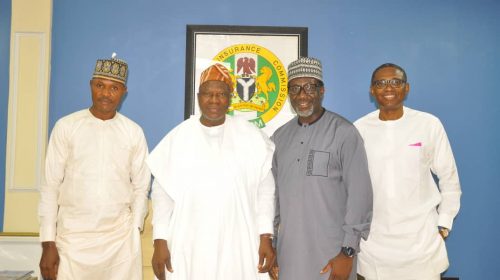Nigeria’s foreign liabilities stand at $85.21bn — IMF

Nigeria’s foreign liabilities stood at $187.36bn while the country’s foreign assets amounted to $102.15bn as of December 2020, the International Monetary Fund has said. From 2016, Nigeria’s foreign liabilities jumped by 42.41 per cent from $131.56bn, while foreign assets rose by 13.67 per cent from $89.87bn. Foreign assets are the investment securities owned by the Nigerian government, companies, or Nigerians in foreign countries while foreign liabilities are assets owned by foreign governments, corporations and individuals in Nigeria. This places Nigeria’s Net International Investment Position, which is foreign assets less liabilities at -$85.21bn as of December 2020. Corporate Finance Institute, a Canadian finance repository, says that a positive NIIP makes a country a net creditor while a negative NIIP implies that the country is a net debtor. CFI also said the NIIP was a measure of a country’s financial condition and its sustainability to take on more financial credit. At -$85.21bn, foreigners own more assets in Nigeria than the value of foreign assets owned by FG, the state governments, Nigerian-owned companies and Nigerian individuals. To understand Nigeria’s creditworthiness, the IMF measures the NIIP as a percentage of a country’s GDP. With a GDP of $432.30bn (World Bank), Nigeria’s NIIP stood at -19.71 per cent as of December 2020.





Leave a Reply